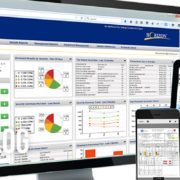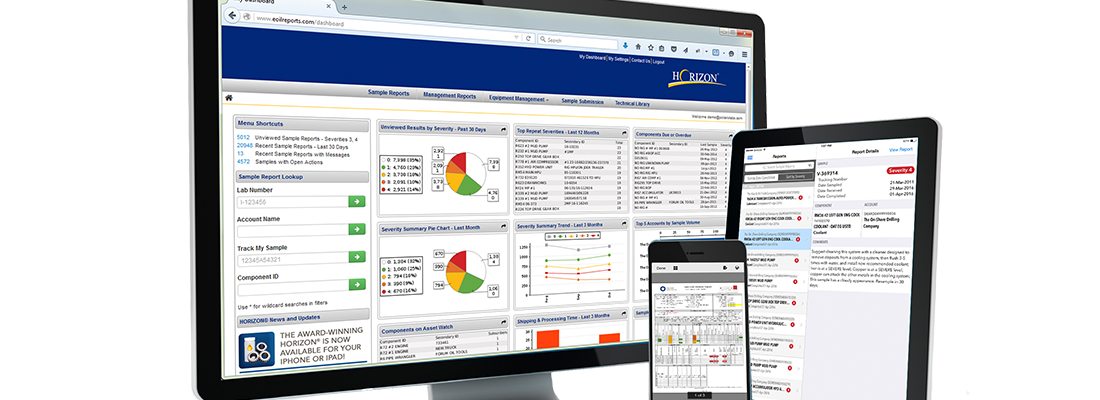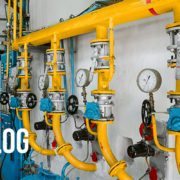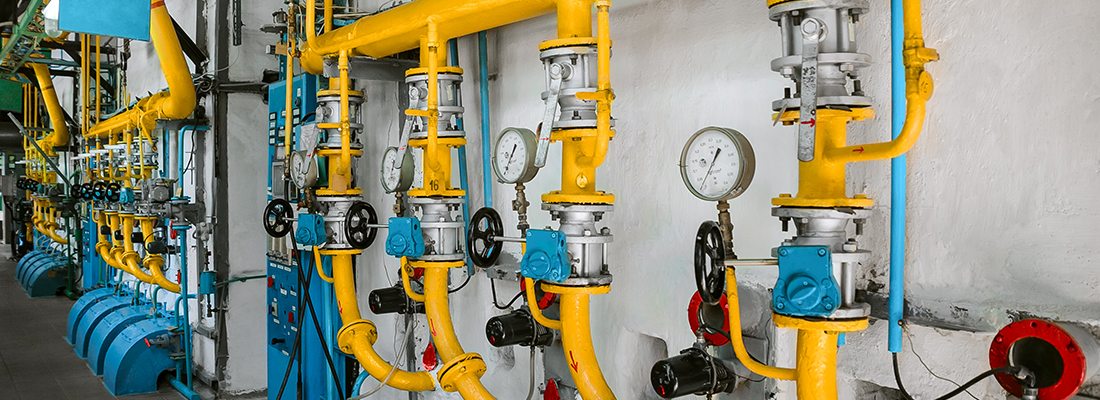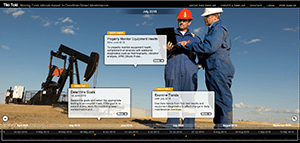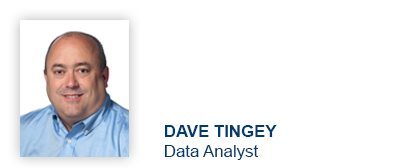Take HORIZON Wherever You Go with the Mobile App

I am thrilled to unveil the newest installment of our award-winning fluid analysis software – the HORIZON® mobile app. After months of hard work and behind-the-scenes configuration, the HORIZON app and web versions sync in real-time, regardless of whether you’re on a smartphone, tablet or computer.
The feature most customers are looking forward to is adjustable alerts for the app. The app will send a “push” notification to your phone when a sample arrives, and, yes, you can adjust the alerts based on fluid type and overall severity. Since our labs process samples around the clock, I recommend using the “Do Not Disturb” feature during off hours.
For now, the app is only available for Apple devices running iOS 8 or higher. We anticipate the release of the app for Android devices in 2016. In the meantime, anyone can still access HORIZON on a standard mobile web browser.
The next feature we are developing is submitting sample information via the mobile app. We improved the web-based sample submission process earlier this year, and this app will be able to perform those same tasks this fall. You will be able to stand next to the equipment and enter fluid time, mileage and other information directly into HORIZON, which will completely eliminate handwritten paperwork and a lot of errors along with it.
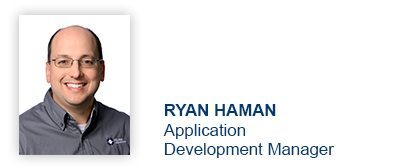
Proven Impact. Proven Uptime. Proven Savings.
Let us prove it to you.


